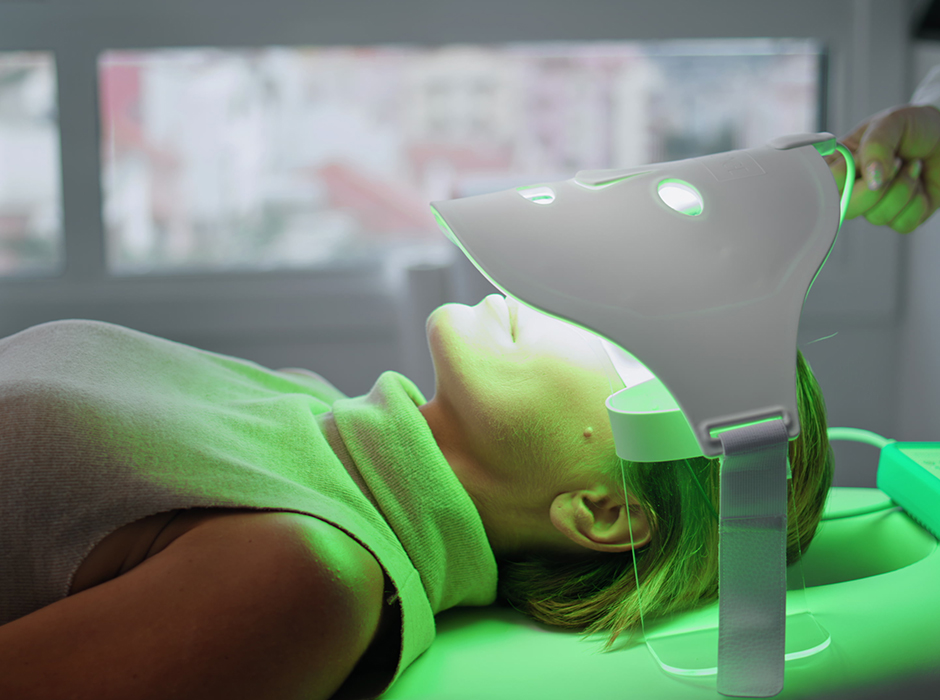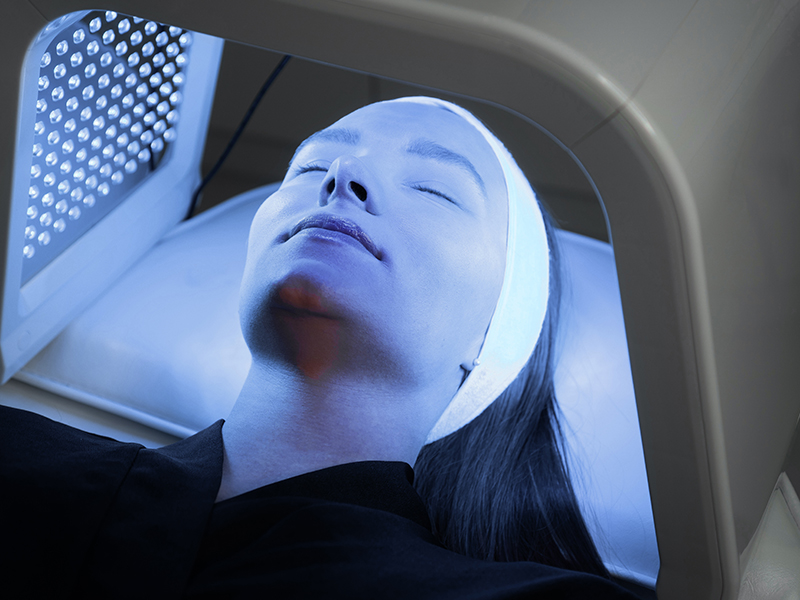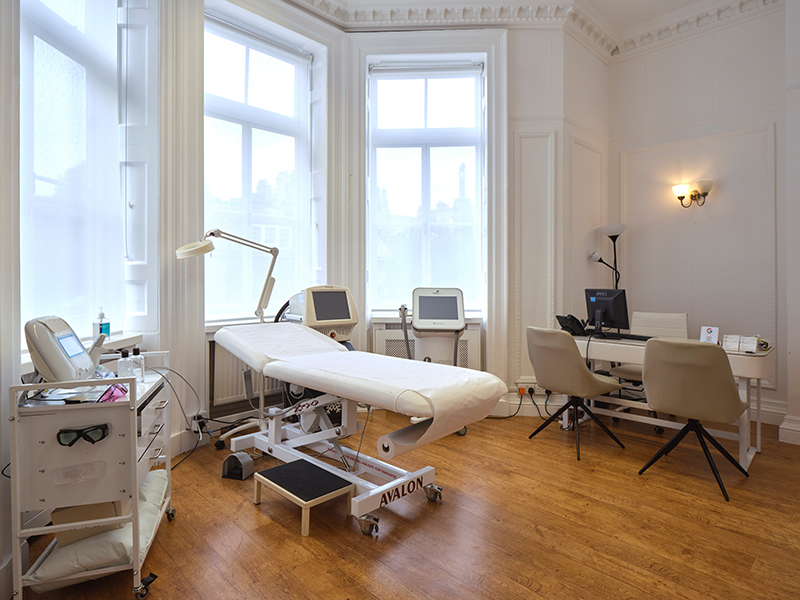Our Location
The London Dermatology Centre is located at 69 Wimpole Street, London, W1G 8AS, in the heart of the Harley Street medical district. We’re just a few minutes’ walk from Oxford Circus, Bond Street, and Regent’s Park Underground stations.
Our clinic provides a calm, discreet, and professional setting for both medical and cosmetic dermatology treatments, including photodynamic therapy. Whether you’re visiting for diagnosis, treatment, or follow-up care, you’ll receive expert-led support in a welcoming environment.
Pay-and-display parking and nearby car parks are available if you're travelling by car. For travel help or directions, feel free to contact our team on 020 7467 3720.









